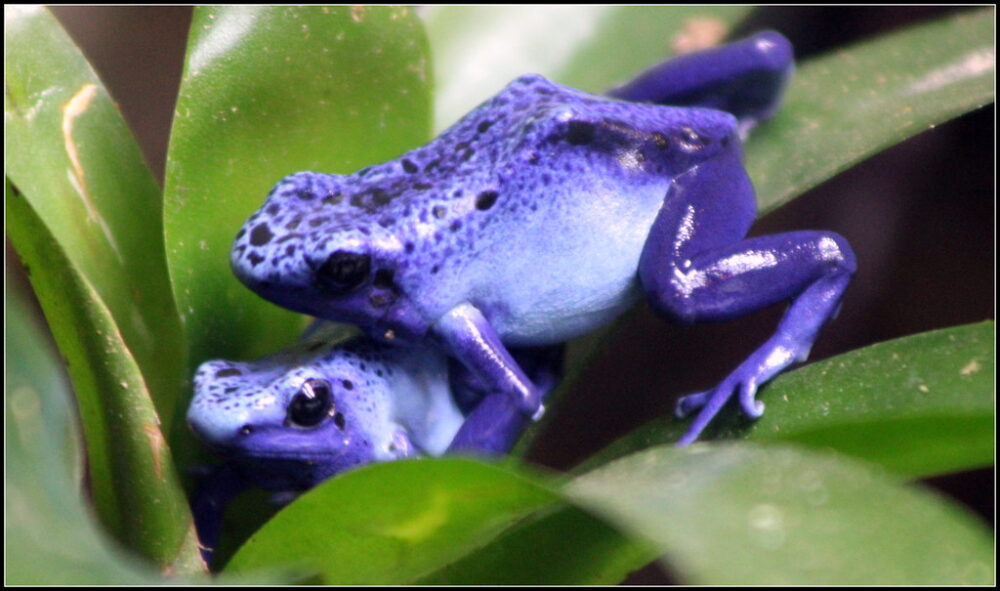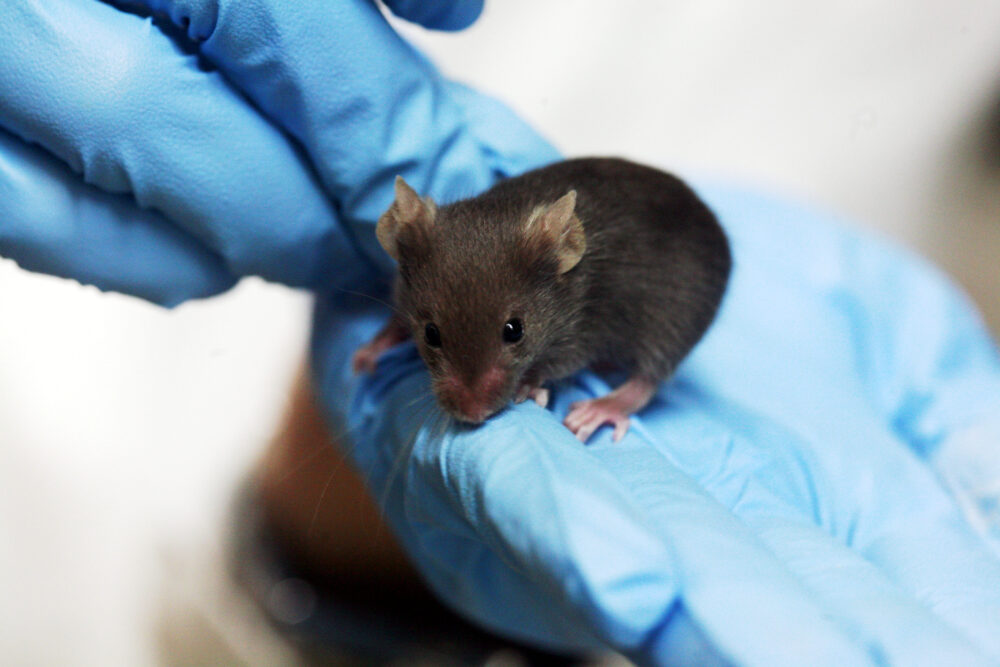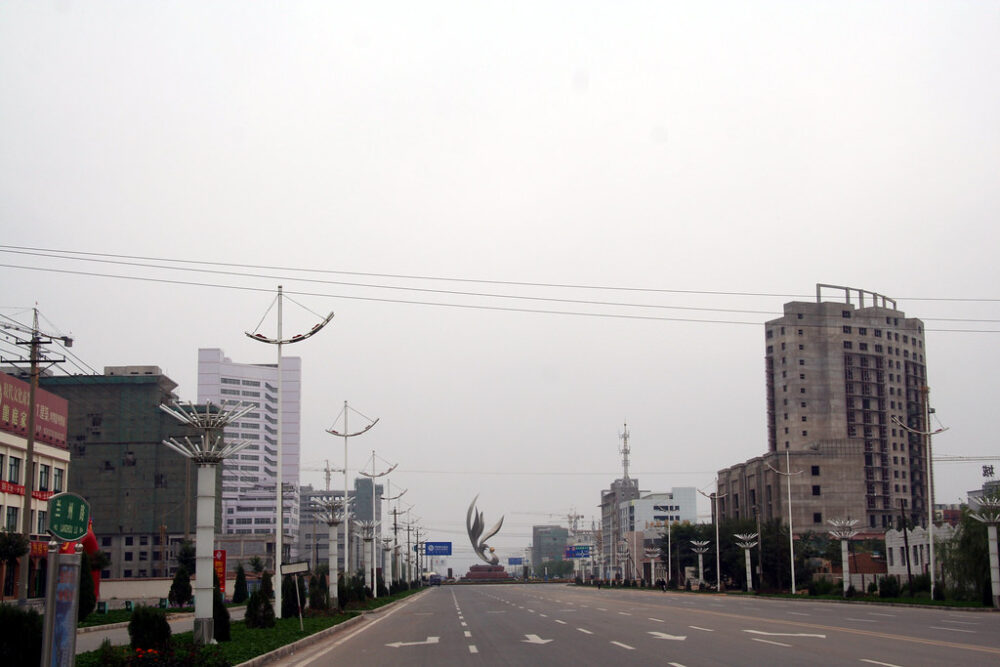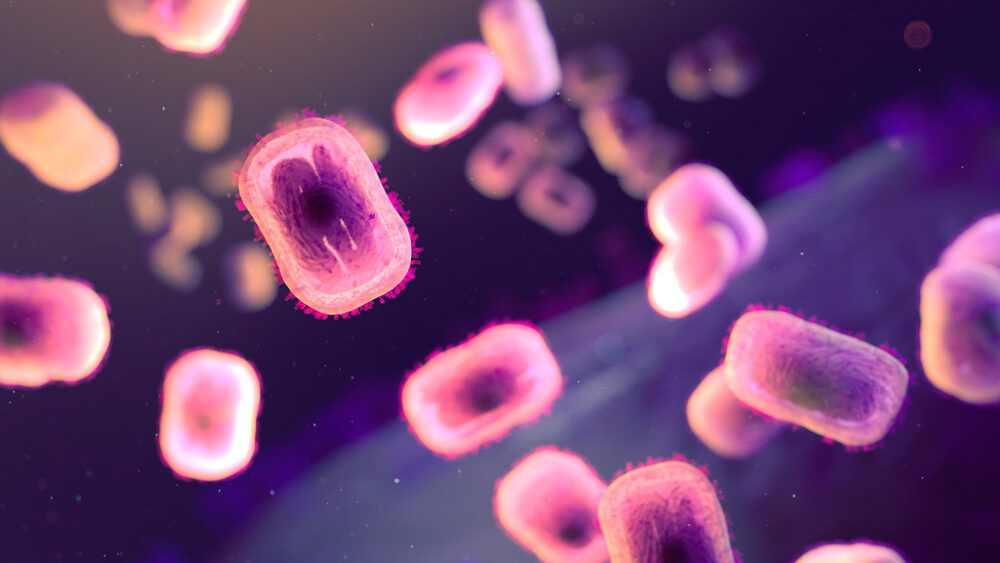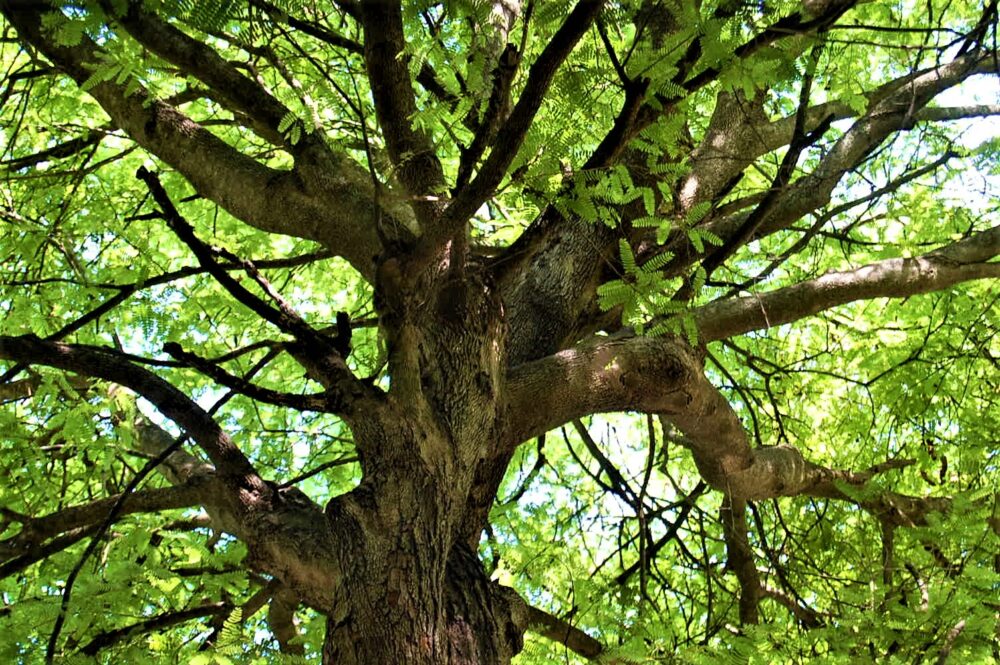Plants and the ‘roots’ of cognition
The pink, squishy organ inside our heads is often considered the ultimate biological control center. There is no doubt that the brain is extraordinary, complex, and great at its difficult job of controlling organisms; however, it is not the only player in cognition. Instead, scientists are now realizing that other types of cells possess forms […]
Plants and the ‘roots’ of cognition Read More »

